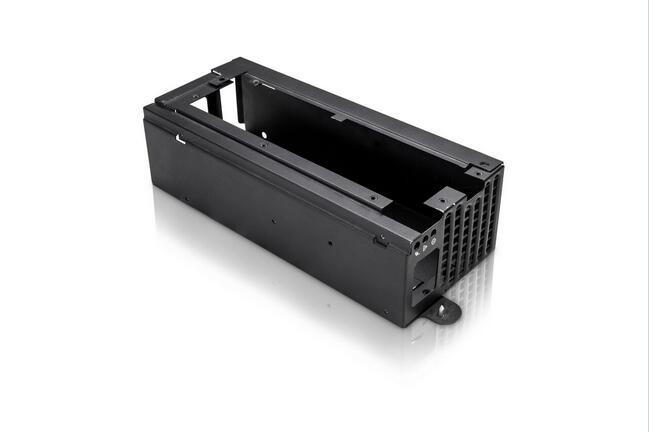In early 2025, a French UAV manufacturer contacted us during the redesign of their heavy-lift drone. Their engineering team was struggling with battery module housings: components from existing suppliers had poor dimensional consistency and insufficient rigidity, leading to assembly misalignment, vibration issues, and overheating concerns.
After learning about our extensive experience in precision aluminum alloy sheet metal processing (particularly our aerospace-grade battery tray project), their lead development engineer, Jean L., reached out to our chief engineer, Marc. With a critical demonstration flight approaching in just six weeks, they urgently needed 20 functional aluminum alloy sheet metal housings for fit-check, vibration, and thermal dissipation testing.





